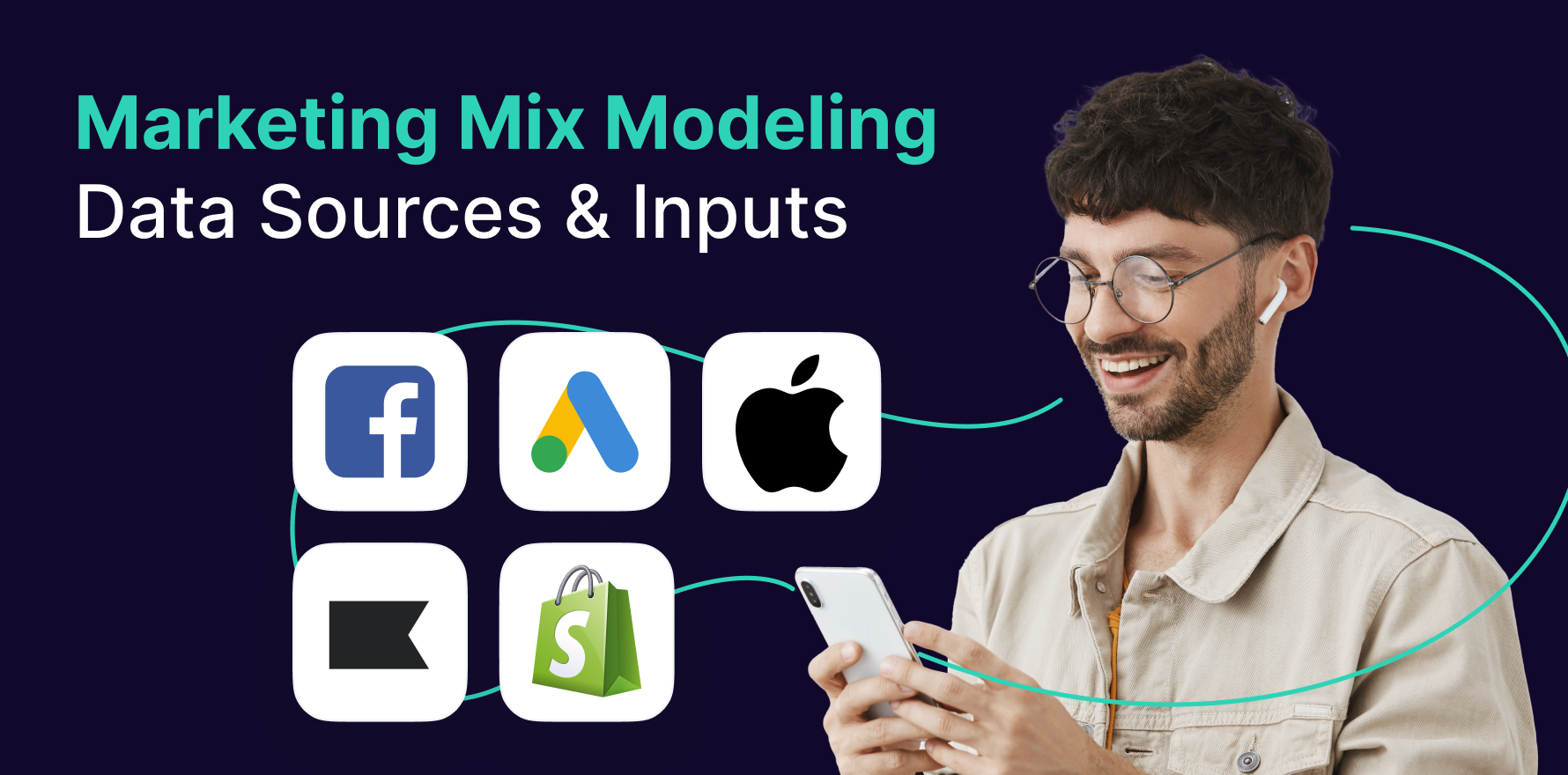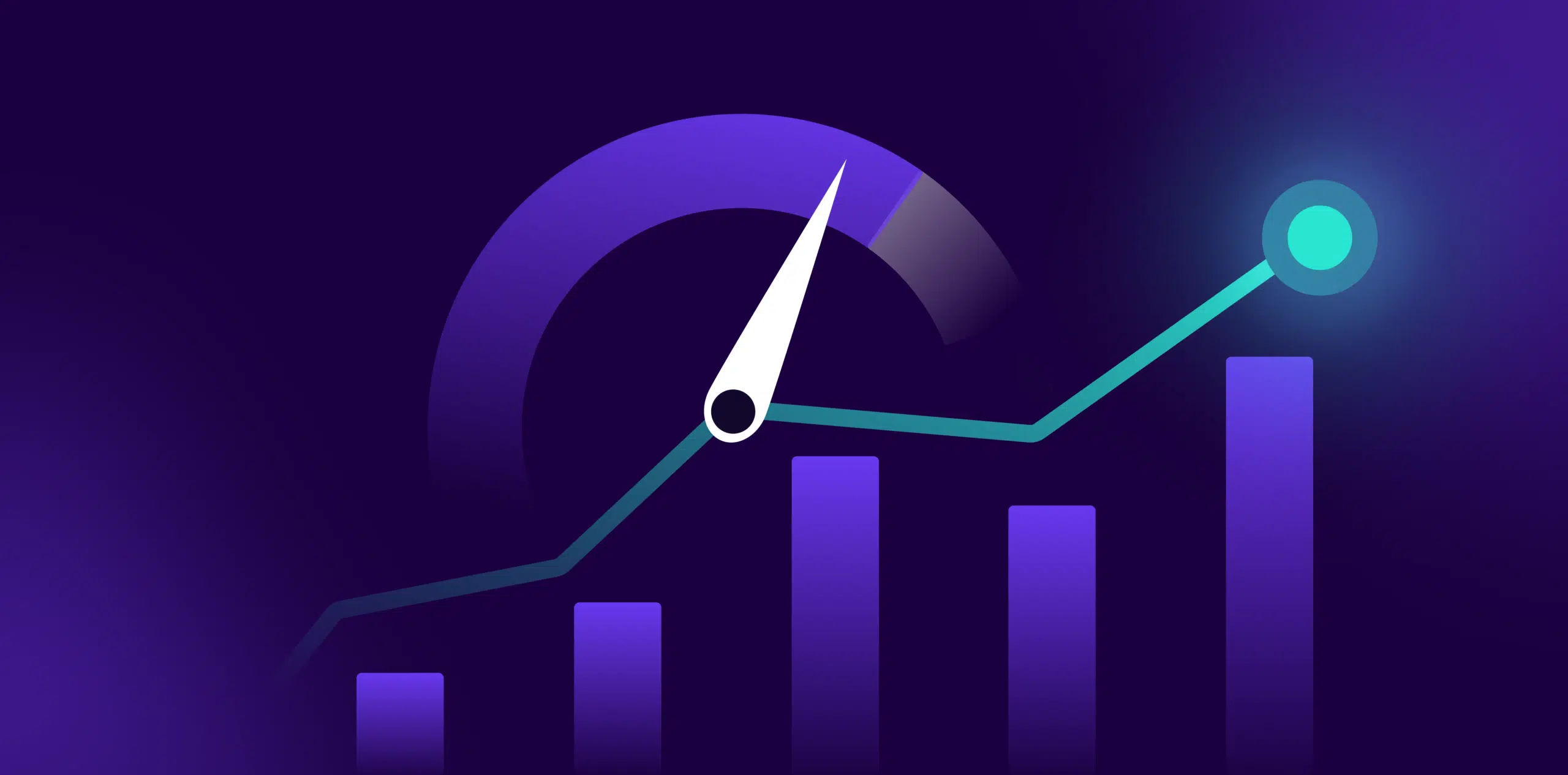What is Second Party Data?
Second Party Data refers to data that a company acquires directly from another organization, typically through a partnership or direct agreement. This data is essentially another company’s first-party data and is shared to provide additional insights and improve marketing strategies. Second Party Data is often used to enhance targeting, personalization, and audience segmentation.
Formula
Example
It involves negotiating agreements with partners who have valuable user data. For example, a travel agency might partner with an airline to obtain data on frequent flyers, using this information to target potential customers more effectively.
Why is Second Party Data important?
Second Party Data is important because it allows businesses to access high-quality, relevant data that they do not collect themselves. This data can provide deeper insights into customer behaviors and preferences, leading to more accurate targeting and enhanced marketing effectiveness. It bridges the gap between first and third-party data, offering a balance of precision and scale.
Which factors impact Second Party Data?
Several factors can influence the effectiveness of Second Party Data, including the quality and relevance of the data, the strength of the partnership, and the alignment of data privacy and compliance standards. Ensuring that data is collected and shared ethically and in compliance with regulations such as GDPR and CCPA is crucial for maintaining trust and data integrity.
How can Second Party Data be improved?
To improve the effectiveness of Second Party Data, businesses should focus on building strong, trust-based partnerships with reputable organizations. Clear agreements on data usage, regular audits, and maintaining transparency about data sources and methods are essential. Integrating Second Party Data with existing first-party data and using advanced analytics tools can also enhance its value.
What is Second Party Data’s relationship with other metrics?
Second Party Data is closely related to metrics like Customer Acquisition Cost (CAC), Customer Lifetime Value (CLV), and Conversion Rate. While CAC measures the cost of acquiring new customers, CLV estimates the total revenue a customer generates over their lifetime, and Conversion Rate indicates the percentage of visitors who complete a desired action.
Free essential resources for success
Discover more from Lifesight






















































